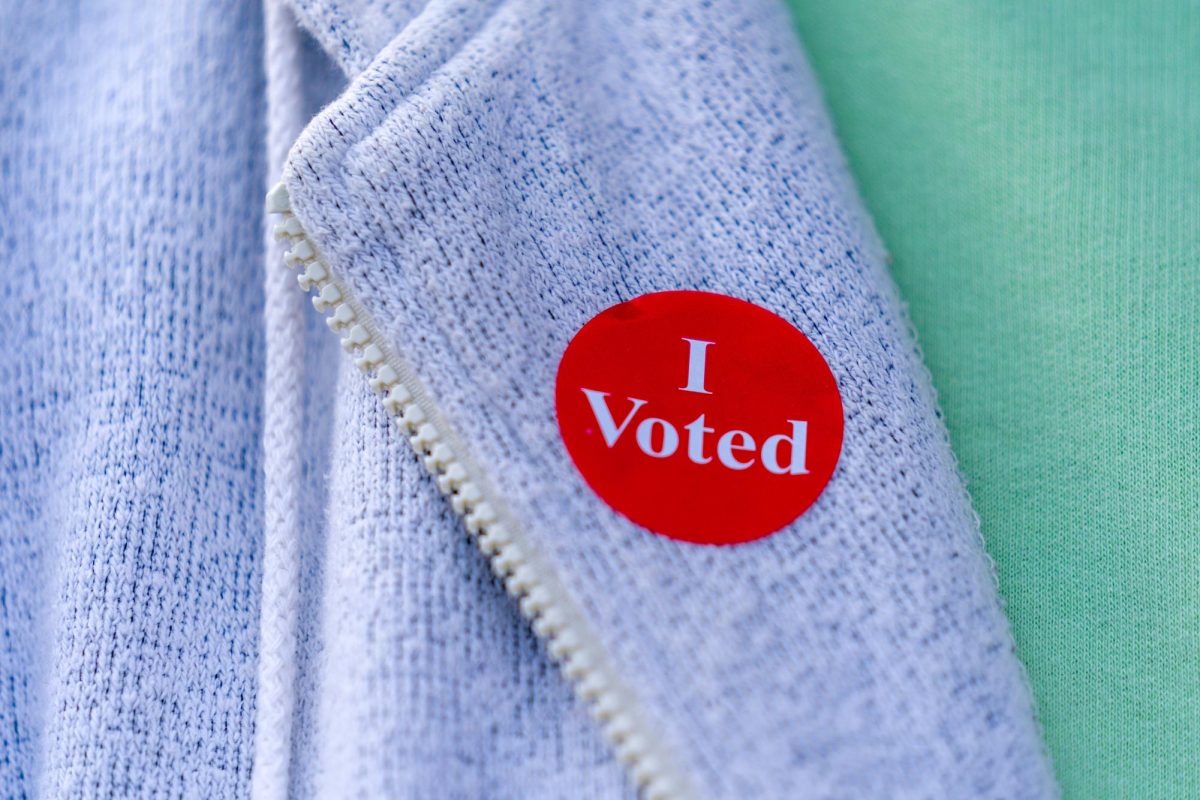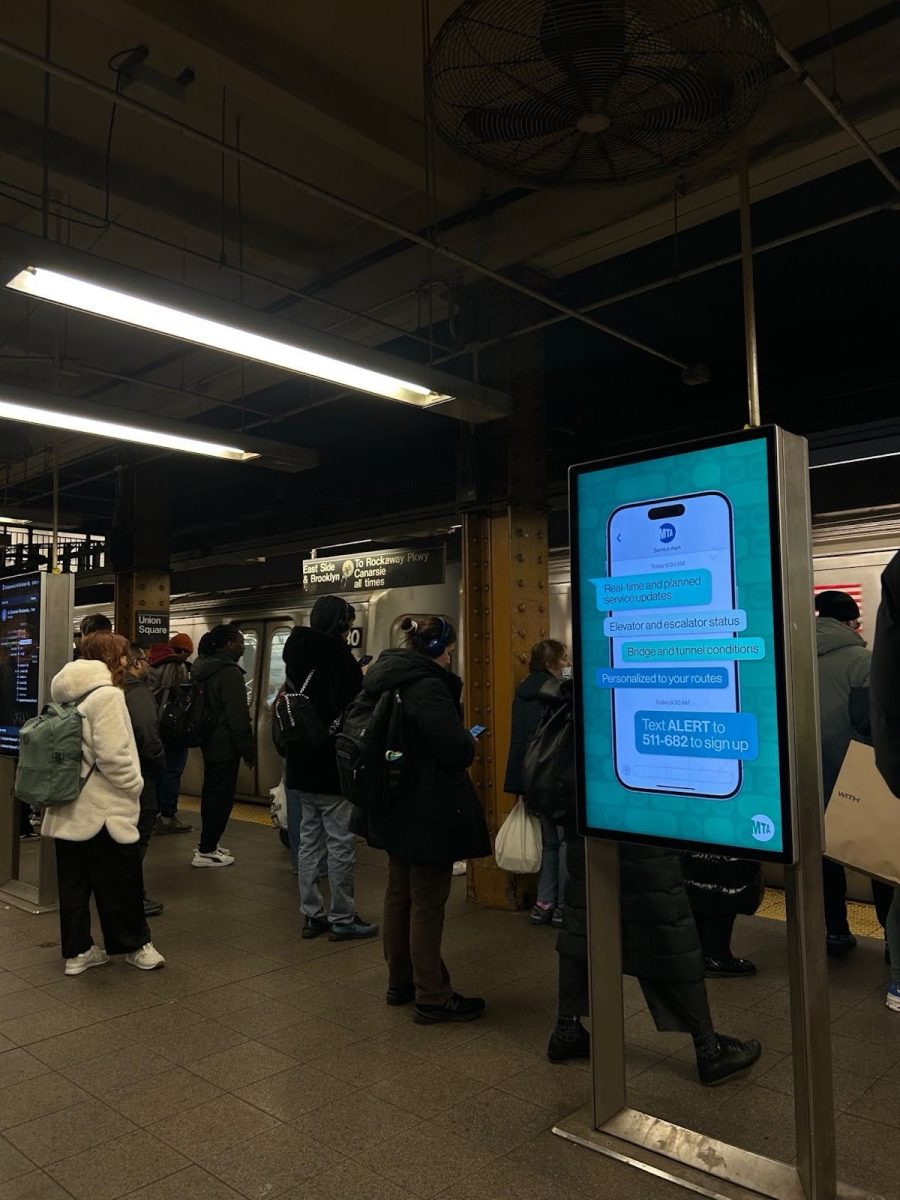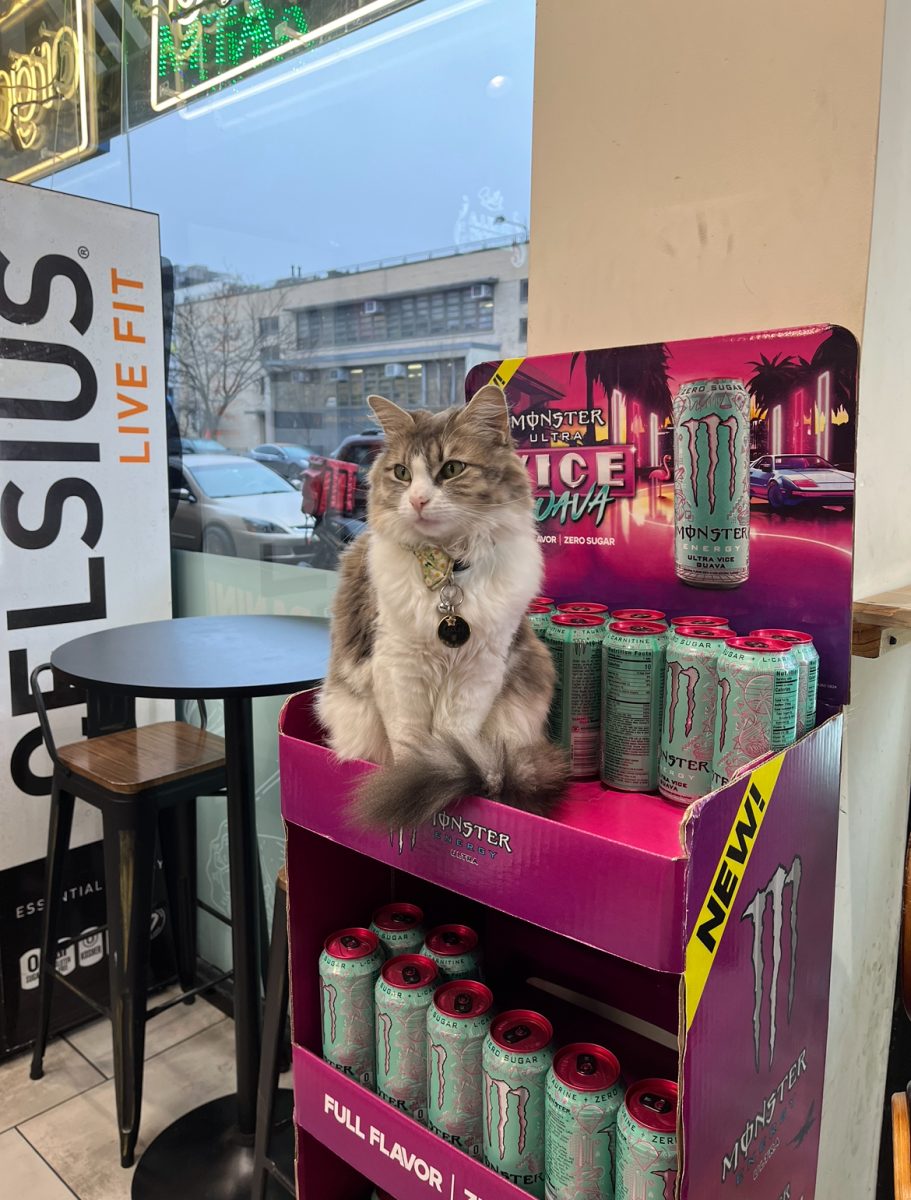By: Jessica Enchauetegui
It’s late Tuesday evening in North Jersey. The local Dunkin Donuts parking lot is eerily empty and a lone worker can be seen slowly sweeping the store from the outside window. At first, one might assume that the level of inactivity at the popular franchise could be due to the fact that most people are only a few short hours away from going to sleep, and so their need for caffeine has finally subsided. However, just a couple blocks down, the Starbucks coffee house is an oasis for those who intend to burn the midnight oil, despite the fact that the store ironically closes long before its competitor (the local Dunkin Donuts is open 24-hours whereas Starbucks’ doors close by midnight without fail). The Starbucks is dimly lit, but there’s a certain brightness in the buzzing students and professionals propped up in front of their laptops having business meetings and study sessions. At this late hour, there is not one vacant seat available.
The locals unanimously agree that Starbucks is the pricier option of the two, so in this economy, why does it appear to be the more frequented location? The division becomes more apparent when discussing personal preferences.
James Betancourt, a long-time mailman and concierge, is no stranger to working long hours and he definitely depends on his coffee to get him through. He admitted that he spends more money than he should on his daily coffee consumption, as his wife looked on in awe trying to tally up his numbers. “I have two cups in the morning, and maybe four more throughout the day. People in my building always bring me coffee throughout the day so it’s always there,” he said.
Betancourt said that he personally prefers Dunkin Donuts coffee to Starbucks. “I walked into a Starbucks once and asked for a medium coffee. The cashier had no idea what I was talking about, it was ridiculous,” he said. Coffee is becoming more of a culture, with many shops adopting their own lingo and endless flavor combinations being stirred into lattes. This complicating of a simple beverage might leave some consumers like Betancourt feeling alienated. Nonetheless, where you choose to buy your coffee has begun to indicate your social status to some degree.
Adam Soto, a 22-year-old New Jersey resident, also relies on coffee for his daily productivity. “If I could afford Starbucks, I would have it every day, but usually I have to make my coffee at home,” he said. Soto’s eyes opened wide as he explained that when he does visit a Starbucks, he likes to order a frappuccino. Catering to personal preferences even further, one could order something like an iced quad soy caramel macchiato. This beverage is simply espresso poured over milk with a caramel drizzle, with an extra espresso shot and a non-dairy option it will run you around $7.00 for a “venti,” which is the second to largest size. That could add up very quickly in a society that consumes several cups a day on average.
Arlenne Rodriguez is a recent college graduate going through the day to day grind searching for success. “When I got my job, I graduated from Dunkin Donuts to Starbucks,” she said. She explained that besides better quality coffee, there was some guilty pleasure in being able to spend a few extra dollars on something she loves so much. Rodriguez noted a correlation in being able to purchase her coffee at a more expensive coffee shop and her sense of overall success. “It seems silly, but it makes you feel like you’ve somehow moved up in the world,” she said.
Most coffee houses monopolize on the growing popularity of the beverage by building up their brands with specialized drinks and offering rewards programs for regular customers. There are seasonal and limited addition flavors, as well as merchandising that only aids in further advertisement for the giant corporations behind the scenes. Eli Gonzalez has been a barista at Starbucks for several years. He’s able to memorize most of his customer’s orders due to their consistent daily visits to his store, knowing what they are going to order before they even reach the register.
Gonzalez saw a familiar face in the crowded store. “Another one?”, he asked as he handed over the beverage. The customer hurriedly replied, “It’s that kind of day.” Gonzalez grinned and continued to build each unique drink with ease. He slid a cup of the popular caramel macchiato over to yet another one of his regulars. Something is different about the beverage, though, as the espresso is not sitting on top of the milk. “I know you always stir your macchiato, so when you want it stirred just ask them to make it ‘upside-down’,” he said to the customer.
It’s a strange world we live in. There are not enough hours in the day and our coffees can be ordered upside down. The patron smiles at their drink, there’s something special about someone knowing how you like your coffee.







